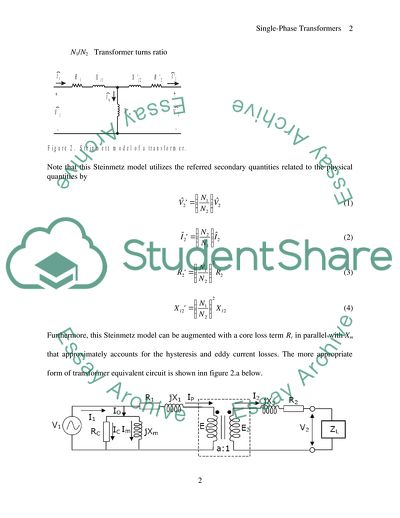Cite this document
(The Single Phase Transformer Lab Report Example | Topics and Well Written Essays - 1500 words, n.d.)
The Single Phase Transformer Lab Report Example | Topics and Well Written Essays - 1500 words. Retrieved from https://studentshare.org/formal-science-physical-science/1712737-the-single-phase-transformer-equivalent-circuit-and-load-characteristics
The Single Phase Transformer Lab Report Example | Topics and Well Written Essays - 1500 words. Retrieved from https://studentshare.org/formal-science-physical-science/1712737-the-single-phase-transformer-equivalent-circuit-and-load-characteristics
(The Single Phase Transformer Lab Report Example | Topics and Well Written Essays - 1500 Words)
The Single Phase Transformer Lab Report Example | Topics and Well Written Essays - 1500 Words. https://studentshare.org/formal-science-physical-science/1712737-the-single-phase-transformer-equivalent-circuit-and-load-characteristics.
The Single Phase Transformer Lab Report Example | Topics and Well Written Essays - 1500 Words. https://studentshare.org/formal-science-physical-science/1712737-the-single-phase-transformer-equivalent-circuit-and-load-characteristics.
“The Single Phase Transformer Lab Report Example | Topics and Well Written Essays - 1500 Words”. https://studentshare.org/formal-science-physical-science/1712737-the-single-phase-transformer-equivalent-circuit-and-load-characteristics.


